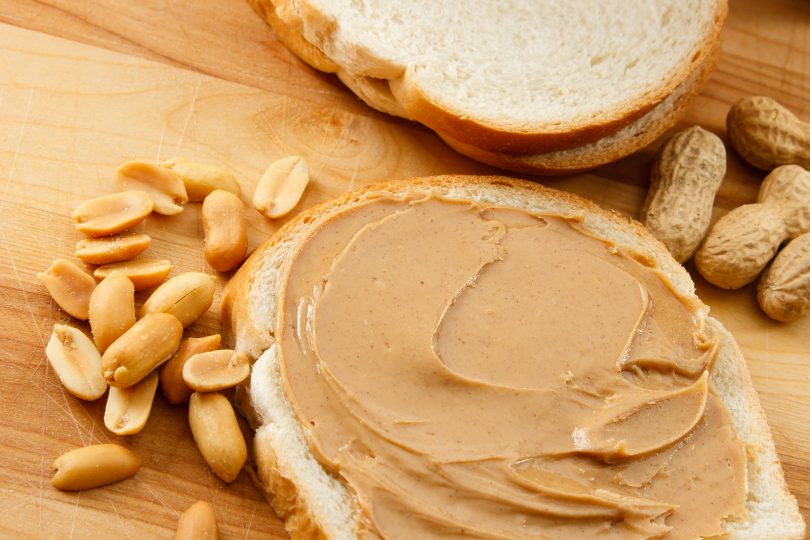According to the National Peanut Board, the average American child eats 1,500 peanut butter and jelly sandwiches by the time he or she graduates from high school. But for a growing number of American kids, this lunch box staple is strictly off-limits. For parents of a child with a peanut allergy, navigating grocery stores, restaurants and school cafeterias can be a challenge when trying to avoid, not only PB&J sandwiches, but all the foods in which traces of peanuts can be hidden.
The following are some suggestions for helping your child avoid exposure to peanuts whether your child is with you or playing at a friend’s house, at school or visiting the grandparents.
- Read labels on foods, cosmetics and bath products and teach your child to do the same. Keep in mind that manufacturing processes change frequently, so read labels every time you buy a product, even if it’s a favorite staple.
- Alert caregivers to your child’s allergy and stress his or her sensitivity levels. For some sensitive individuals, that exposure may be as slight as direct skin contact with peanuts or eating foods that have been contaminated with traces of peanuts during processing. Inhalation of peanut dust, in particular from peanut flour or cooking spray, may also cause a reaction.
- Coach your child. Encourage your child to avoid sharing food with schoolmates and to politely refuse foods if there’s any doubt about its safety.
- Keep medicine handy. Make sure the necessary medications are always stocked wherever your child frequently spends time. If your child carries an epinephrine injection pack, make sure caregivers understand when and how to use it.
- Have a written plan for responding to an allergic reaction and share it with all caregivers.
- Consider a medical alert bracelet.
Make sure your child’s secondary caretakers: babysitters, teachers and grandparents, know the symptoms to watch for and how to respond promptly. Symptoms of an allergic reaction to peanuts usually occur within minutes of exposure and are one of most common causes of anaphylaxis, a potentially fatal reaction that may cause constriction of airways, a drop in blood pressure, swelling of the throat, lightheadedness and loss of consciousness, that requires immediate care.
Allergic reaction symptoms could be:
- Skin irritation in the form of hives, swelling, redness and itching or tingling around the mouth and throat.
- Diarrhea, stomach cramps, vomiting and other digestive discomfort.
- Runny or stuffy nose.
- Tightness in the chest.
- Wheezing or difficulty breathing.
Always Consult Your Pediatrician
If you suspect that your child has a peanut allergy, no matter how mild, talk to your doctor. Even if your child’s allergy doesn’t seem severe, allergic reactions may grow more serious over time. Your doctor can help you determine the best way to treat symptoms and avoid future reactions. The Children’s Hospital of Georgia employs a full range of pediatricians who can help you manage your child’s allergies as well as a pediatric emergency room open 24/7 for (hopefully rare) emergencies. To learn more, or schedule an appointment, call 706-721-KIDS (5437).




